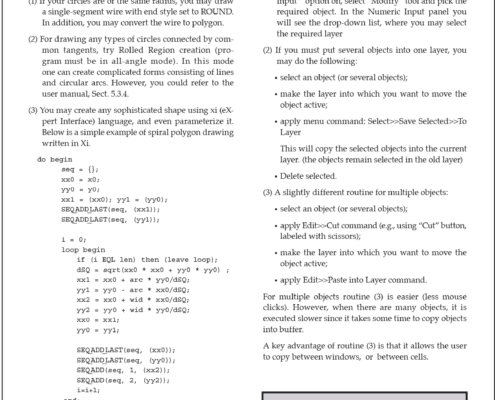
HINTS AND TIPS – June 1998
Q: Can I draw tangents to circles in EXPERT?
A: Expert supports several options for drawing sophisticated shapes. There are three ways to accomplish this task.
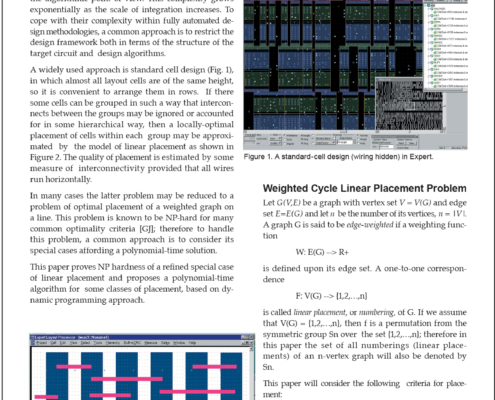
Optimum Standard Cell Layout Using Weighted Cycle Linear Placement
Placement and routing problems for integrated circuits are inherently interrelated and extremely complex from the algorithmic point of view. This complexity grows exponentially as the scale of integration increases.
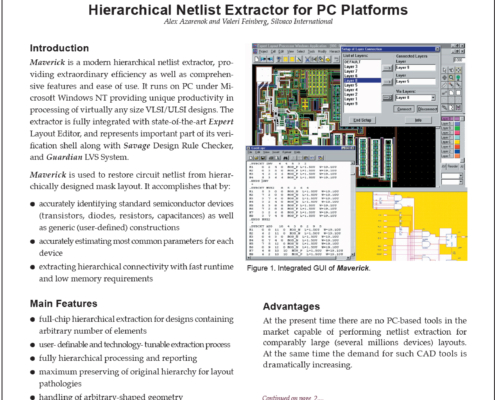
Maverick: Hierarchical Netlist Extractor for PC Platforms
Maverick is a modern hierarchical netlist extractor, providing extraordinary efficiency as well as comprehensive features and ease of use. It runs on PC under Microsoft Windows NT providing unique productivity in processing of virtually any size VLSI/ULSI designs.

HINTS AND TIPS – May 1998
How can anti-reflective coatings be modeled when simulating photodetectors in ATLAS/Luminous? How can detection efficiency be plotted?
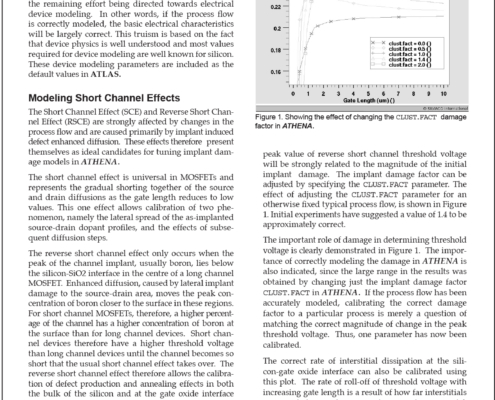
Calibrating Reverse Short Channel Effects in MOSFETs
This article focuses on the effects of process and modeling parameters on device electrical characteristics and uses the threshold voltage versus gate length of a n-MOSFET as an illustration.
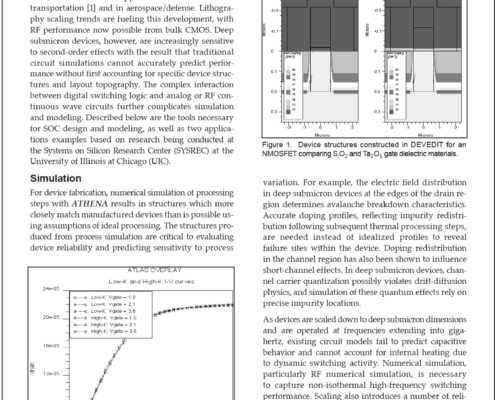
Low-Power Systems-on-a-Chip CAD
Mixed-signal systems-on-a-chip (SOC) integration of digital, analog, RF, and power components is emerging to meet demands for low-power, highly integrated systems in portable computing, wireless communications, and multimedia.
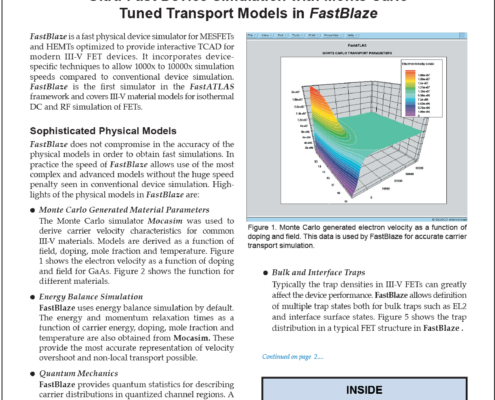
Ultra-Fast Device Simulation with Monte Carlo Tuned Transport Models in FastBlaze
FastBlaze is a fast physical device simulator for MESFETs and HEMTs optimized to provide interactive TCAD for modern III-V FET devices. It incorporates device-specific techniques to allow 1000x to 10000x simulation speeds compared to conventional device simulation.
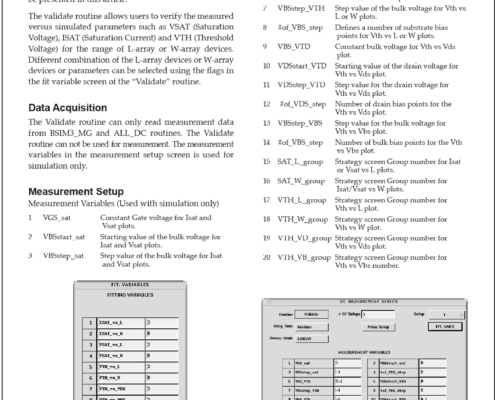
HINTS & TIPS – April 1998
Q. What is the typical method of measuring flicker noise using S3245A Noise Amplifier?

SPICE Model Validation
The importance of the MOS device SPICE model validation and the introduction of the validation routine in UTMOST III was presented in Simulation Standard article issued on September 1996. The recent developments and the practical applications for the "Validate" routine will be presented in this article.
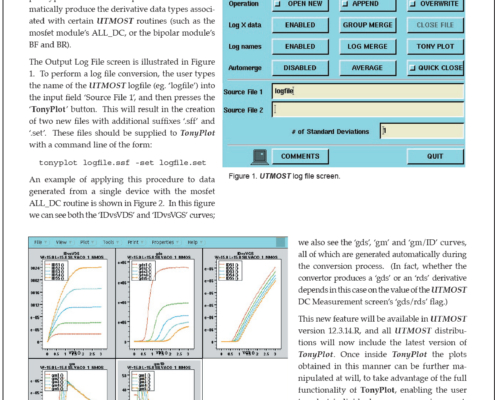
UTMOST Log File Conversion for TonyPlot
A new feature has recently been added to UTMOST: the ability to convert UTMOST log files into a format suitable for viewing in TonyPlot. This new feature is controlled from the UTMOST Output Log File screen, and is compatible with all UTMOST plot types. The conversion process will also automatically produce the derivative data types associated with certain UTMOST routines (such as the mosfet module's ALL_DC, or the bipolar module's BF and BR).
